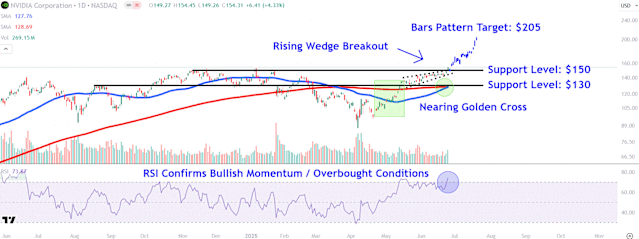Gray Whale Deaths and Unprecedented Live Sightings: A San Francisco Bay Area Concern
San Francisco, California – The San Francisco Bay Area is currently experiencing a concerning number of gray whale deaths, with experts confirming the discovery of at least 22 carcasses. This makes it the deadliest year for strandings since the peak of the Unusual Mortality Event (UME) in 2021. According to staff at the California Academy of Sciences and The Marine Mammal Center, 19 gray whales, two baleen whales, and one minke whale have been found dead across the Bay Area since the start of 2025. This figure is the highest since 2021, when an UME was reported. NOAA Fisheries data from 2019 to 2023 shows a decline of roughly 45% in the population, which was investigated by biologists. A research team determined that ecosystem changes in the whales' feeding areas led to changes in food availability, malnutrition, and a decrease in birthing rates. Simultaneously, the Cetacean Conservation Biology Team at The Marine Mammal Center reported an unprecedented number of live gray whale sightings inside the Bay, with more than 30 individual whales confirmed since January. This is a sharp increase from last year, when only six were sighted during the same time period. "Roughly one-third of these whales have stayed in the bay for at least 20 days, and their overall body condition has ranged from normal to emaciated," researchers stated. The reason or potential reasons behind the massive spike in sightings this year are still being investigated. Marine scientists expect many of these whales to depart the bay within the next one to two weeks as they resume their northern migration toward Arctic feeding grounds. Researchers in Mexico, Canada, and the U.S. are actively monitoring the population and have also reported low calf counts. The long-term health outlook for eastern North Pacific gray whales remains uncertain following a 45% decline in population from 2019 to 2023. The decline was attributed to changes in feeding zones, leading to impacts such as malnutrition and a reduction in calving rates. Experts are urging boaters to remain aware of the increased marine activity in San Francisco Bay, as gray whales often have a very low profile in the water that can make them difficult to spot, unlike other coastal whales like humpback whales. Biologists are working closely with the San Francisco Harbor Safety Committee and the U.S. Coast Guard to explore the possibility of enforcing vessel slow-downs, ferry route adjustments, and marine alerts during this period of increased whale activity.
San Francisco Bay Area's eclectic mix of hotspot whale mortalities and unprecedented live sightings underscores the need for increased conservational efforts in tandem with advanced research, showcasing both challenges faced by marine life as well a unique opportunity to study their dynamics.














